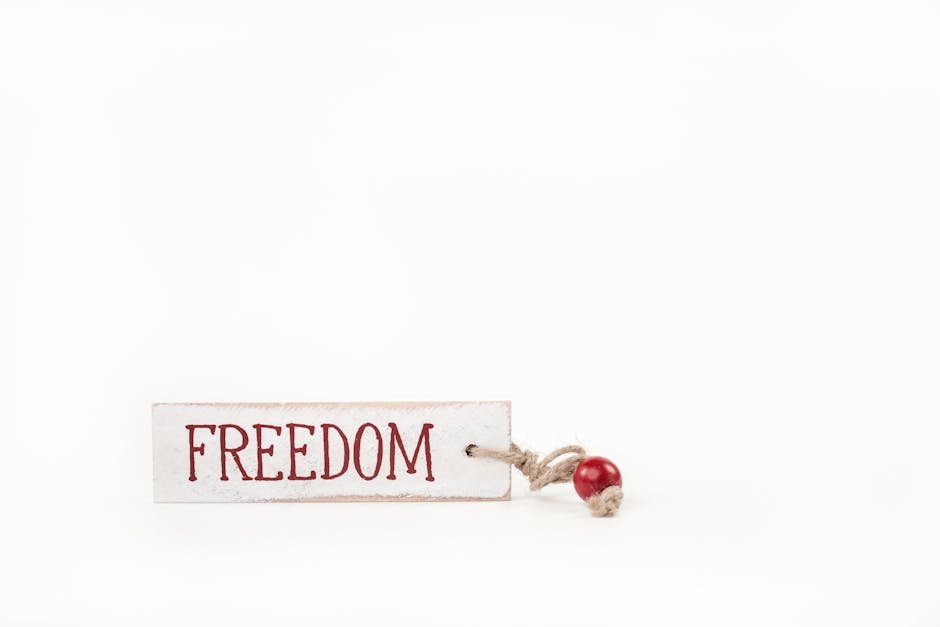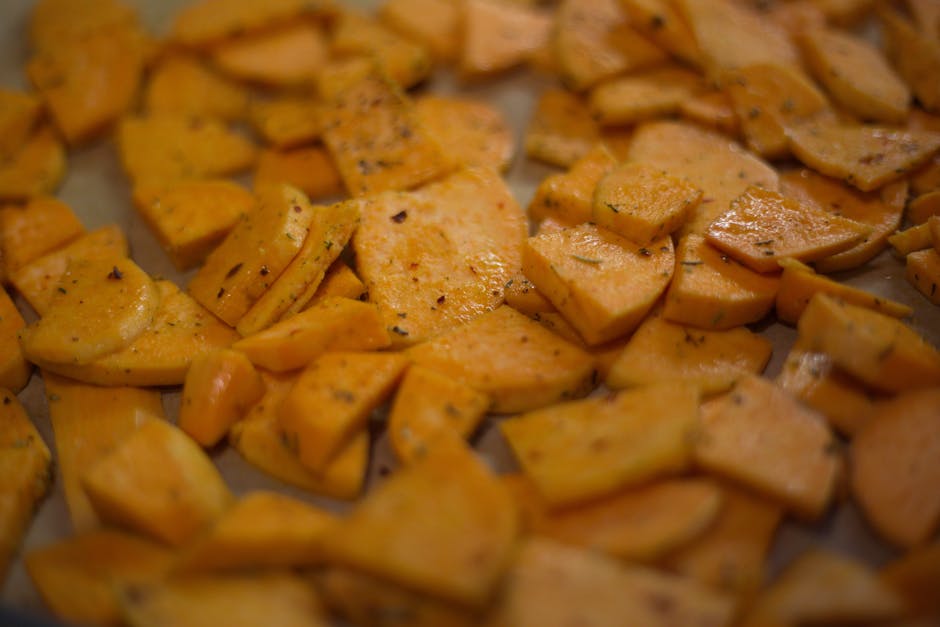The humble donut, a culinary delight enjoyed across the globe, boasts a surprisingly rich and complex history. While pinning down its exact origins is difficult, evidence suggests that its ancestors can be traced back centuries, possibly even to ancient Greece. Oil-fried dough pastries existed in various forms in many cultures, from the olykoeks of the Dutch to similar treats in ancient Rome. However, the donut as we know it—a ring-shaped fried dough with a hole—emerged much later, likely in the 19th century. The hole, a crucial innovation, is credited to Hanson Gregory, a captain in the American merchant navy, who supposedly punched a hole in the center to improve cooking and prevent a raw middle.
The donut’s popularity exploded in the United States, particularly during the 20th century, fueled by mass production and the rise of fast food chains. It’s estimated that Americans consume billions of donuts annually, making it a staple in breakfast menus and a beloved celebratory treat. This widespread consumption contributes significantly to the multi-billion dollar bakery industry. The iconic glazed donut, with its smooth, sweet coating, is arguably the most popular variety, representing a simple yet satisfying indulgence. Its versatility is also striking; from simple sugar glaze to more extravagant toppings and fillings, the possibilities are endless.
Beyond its commercial success, the donut holds significant cultural weight. It’s frequently featured in popular culture, from movies and television shows to literature and music. The donut has become a symbol of Americana, a sweet representation of everyday life and celebration. Its presence at birthday parties, community events, and even police stations underscores its universal appeal. Furthermore, the act of making donuts, especially homemade ones, fosters a sense of connection to tradition and the joy of creating something delicious from scratch. This recipe aims to capture that essence, offering a simple and accessible method for crafting delightful, homemade glazed donuts that are sure to bring a touch of sweetness and happiness to your kitchen.
Ingredients and Measurements
This recipe yields approximately 12 delicious homemade donuts. Accuracy in measuring is key to achieving the perfect texture and rise. Use a kitchen scale for the most precise measurements, especially for the flour, as volume measurements can vary depending on how the flour is spooned.
For the Dough:
- 1 cup (240ml) warm milk (around 105-115°F). Too hot will kill the yeast, too cold will prevent activation.
- 2 1/4 teaspoons (7 grams) active dry yeast. Ensure your yeast is fresh for optimal rising.
- 1/4 cup (50g) granulated sugar. This feeds the yeast and adds sweetness.
- 1 large egg. Room temperature eggs incorporate better into the batter.
- 1 teaspoon vanilla extract. Enhances the flavor of the donuts.
- 1/4 cup (60ml) unsalted melted butter, cooled slightly. Adding it cool prevents cooking the yeast.
- 3 1/2 cups (420g) all-purpose flour, plus more for dusting. Start with the lower amount and add more gradually as needed to achieve the correct dough consistency.
- 1/2 teaspoon salt. Balances the sweetness and enhances the flavor.
For the Glaze:
- 1 cup (120g) powdered sugar. Use a fine powdered sugar for a smooth glaze.
- 2-4 tablespoons milk (or more, as needed). Start with less and add more until you reach your desired consistency.
- 1/2 teaspoon vanilla extract. Adds depth of flavor to the glaze.
- Optional: Pinch of salt. Enhances the sweetness of the glaze.
- Optional: Food coloring (gel or liquid). For a more festive look.
- Optional: Sprinkles. For added decoration.
Important Note: Always measure ingredients accurately. Using a kitchen scale for dry ingredients like flour and sugar will provide the most consistent results. Adjust the amount of milk in the glaze to achieve your preferred consistency – you may need more or less depending on the humidity and type of powdered sugar used.
Equipment List
Making delicious homemade donuts doesn’t require a fancy kitchen! However, having the right tools will significantly improve your experience and the final product. This list outlines the essential equipment, with recommendations for optimal results.
Large Mixing Bowls (2): You’ll need at least two large mixing bowls, preferably stainless steel or glass. One will be for mixing the donut batter, and the other for preparing the glaze. Aim for bowls with a capacity of at least 4 quarts each to comfortably accommodate the batter and glaze. Avoid using non-stick bowls for the batter, as the non-stick coating can sometimes interfere with the rising process.
Measuring Cups and Spoons: Accurate measurements are crucial for baking. Invest in a reliable set of measuring cups (1 cup, ½ cup, ⅓ cup, ¼ cup) and measuring spoons (1 tbsp, 1 tsp, ½ tsp, ¼ tsp). Using a kitchen scale for the dry ingredients is highly recommended for even more precise results.
Whisk: A sturdy whisk is essential for thoroughly combining the wet and dry ingredients in the batter, ensuring a smooth and lump-free consistency. A balloon whisk is ideal for its efficient mixing capabilities.
Wooden Spoon or Spatula: A sturdy wooden spoon or spatula is useful for scraping down the sides of the bowl and ensuring all ingredients are incorporated. A rubber spatula is particularly helpful for getting every last bit of batter out of the bowl.
Donut Cutter or Biscuit Cutter: This is where you’ll shape your donuts! You can use a standard donut cutter (ideally 2.5-3 inches in diameter), or improvise with a round biscuit cutter and a smaller cutter for the center hole. Ensure the cutters are sharp for clean cuts and even cooking.
Rolling Pin: You’ll need a rolling pin to roll out the dough to a consistent thickness, approximately ½ inch. A lightly floured surface is crucial to prevent sticking.
Large Frying Pan or Deep Fryer: A large, heavy-bottomed frying pan (at least 10 inches in diameter) or a deep fryer is needed for frying the donuts. A deep fryer offers more consistent temperature control, leading to evenly cooked donuts. If using a frying pan, ensure it’s deep enough to fully submerge the donuts.
Thermometer (Candy/Deep Fry): This is absolutely crucial for achieving the perfect frying temperature (around 350-375°F or 175-190°C). Inconsistent temperature will lead to unevenly cooked donuts, some burnt and others undercooked.
Wire Rack: A wire rack is essential for cooling the fried donuts. It allows for proper air circulation, preventing soggy donuts.
Spatula or Tongs: These are needed to carefully transfer the donuts from the hot oil to the cooling rack.
Mixing Bowls (small): You will need a few small bowls for preparing the glaze components.
Dough Preparation
Making the perfect donut dough is the foundation of delicious homemade donuts. This recipe uses a simple, yet effective method that yields light and fluffy donuts every time. Begin by ensuring all your ingredients are at room temperature for optimal mixing. This helps achieve a smoother, more evenly textured dough.
In a large bowl, combine 1 cup (240ml) of warm milk (around 105-115°F), 2 ¼ teaspoons (1 packet) of active dry yeast, and 1 tablespoon of granulated sugar. Gently stir to combine and let the mixture stand for 5-10 minutes until foamy. This proves the yeast is alive and active, a crucial step for a successful rise.
Once the yeast is foamy, add 1 large egg and ¼ cup (60ml) of unsalted melted butter to the yeast mixture. Whisk these ingredients together until well incorporated. Ensure the butter is completely melted but not hot, as this could kill the yeast.
In a separate bowl, whisk together 3 ½ cups (420g) of all-purpose flour, ½ teaspoon of salt, and 2 tablespoons of granulated sugar. Gradually add the dry ingredients to the wet ingredients, mixing with a wooden spoon or a stand mixer fitted with a dough hook. Mix until a shaggy dough forms.
Knead the dough for 5-7 minutes. If using a stand mixer, use the dough hook on a medium-low speed. If kneading by hand, turn the dough out onto a lightly floured surface and knead until it becomes smooth and elastic. The dough should be slightly sticky but not overly so. If it’s too sticky, add a tablespoon of flour at a time until it reaches the desired consistency.
Once kneaded, place the dough in a lightly oiled bowl, turning to coat. Cover the bowl with plastic wrap and let the dough rise in a warm place for 1-1 ½ hours, or until doubled in size. Avoid drafts or cold spots, as this can hinder the rising process. A slightly warm oven (turned off) can provide a good environment for rising.
After the first rise, gently punch down the dough to release the air. You are now ready to proceed to shaping and frying your donuts!
First Rise (Proofing)
The first rise, or proofing, is a crucial step in making light and airy donuts. This is where the yeast activates and produces carbon dioxide, giving your donuts their characteristic texture. Proper proofing ensures a delicious, fluffy final product. We’ll be aiming for a roughly doubled in size dough.
Once you’ve mixed your donut dough (following the recipe instructions), gently transfer it to a lightly oiled, large bowl. Ensure the bowl is large enough to accommodate the dough as it doubles in size – aim for at least double the initial volume. You can lightly oil your hands or use a spatula to ensure the dough is fully coated in oil, preventing sticking.
Cover the bowl tightly with plastic wrap or a clean kitchen towel. This prevents the dough from drying out and forming a skin. Avoid using a completely airtight seal, as the yeast needs to breathe. A slightly loose cover allows for air circulation while maintaining moisture.
Find a warm spot in your kitchen for the bowl. A slightly warm oven (turned off, of course!) or a sunny spot near a window often works well. The ideal temperature for proofing is around 75-80°F (24-27°C). Avoid placing the dough near any drafts or cold spots, as this will slow down or even halt the proofing process.
The proofing time will vary depending on the temperature and the activity of your yeast. It typically takes between 1-1.5 hours for the dough to double in size. Don’t rush this process! Under-proofed donuts will be dense and lack the desired airy texture. The dough is ready when it’s visibly puffy and has increased in volume by approximately 50-100%. Gently press your finger into the dough – if the indentation slowly springs back, it’s ready. If it springs back immediately, it needs more time, if it stays indented, it may be over-proofed.
Once the dough has doubled, gently deflate it by pressing it down with your hands. This releases some of the built-up gas. You’re now ready to proceed with the next steps of shaping and frying your delicious homemade donuts!
Shaping the Donuts
Once your donut dough has rested and doubled in size, it’s time to shape those delicious rings! Lightly flour your work surface to prevent sticking. Gently turn the dough out onto the floured surface and pat it down to about ½ inch thickness. Avoid over-kneading the dough at this stage, as this can lead to tough donuts.
Using a 2 ½ – 3 inch cookie cutter (or a glass of similar size), cut out as many circles as possible. For a more rustic look, you can use a slightly larger cutter and then use a smaller cutter (about 1 inch) to create the hole in the center. If you don’t have a donut cutter, you can use two differently sized round cookie cutters or even a knife to cut out circles and then use a chopstick or straw to create the hole. Remember to re-flour your surface as needed to prevent sticking.
Carefully transfer the cut donuts onto a baking sheet lined with parchment paper, leaving about 1 inch of space between each donut. Ensure they are spaced evenly to allow for even cooking and rising. Lightly flour the tops of the donuts as well, to prevent them from sticking together while frying. If you’re short on space, use two baking sheets.
Now, let’s talk about the scraps. Don’t throw them away! Gently gather the leftover dough scraps, lightly knead them together, and roll them out again. You can repeat the cutting and shaping process until you’ve used all the dough. These smaller pieces often make delicious donut holes! Place the donut holes on the same baking sheet with the donuts.
Before frying, let the shaped donuts rest for another 10-15 minutes. This allows them to rise slightly more, resulting in fluffier, lighter donuts. This step is crucial for achieving the perfect texture. Don’t skip it! Cover the baking sheet lightly with plastic wrap to prevent the surface from drying out during proofing.
Once the resting period is complete, you’re ready to move on to the frying stage! Remember to gently handle the donuts to avoid deflating them. Proceed to the next section for detailed instructions on how to fry your homemade donuts to golden perfection.
Frying the Donuts
Once your donuts have rested and risen beautifully, it’s time for the fun part: frying! This process requires attention to detail to ensure perfectly golden-brown, fluffy donuts. We’ll be using a neutral-flavored oil with a high smoke point, such as vegetable or canola oil. Avoid using olive oil or butter, as they have lower smoke points and will impart unwanted flavors.
Pour approximately 2 inches of oil into a heavy-bottomed pot or Dutch oven. A deep, heavy pot is crucial for even heating and preventing the oil temperature from fluctuating too drastically. Use a candy thermometer to monitor the oil temperature; it should reach 350°F (175°C). This temperature is essential for achieving a light, crispy exterior without burning the inside. Do not overcrowd the pot. Frying too many donuts at once will lower the oil temperature, resulting in greasy donuts.
Carefully slide 2-3 donuts into the hot oil using tongs or a slotted spoon. Avoid dropping the donuts directly into the oil, as this can cause splattering. Fry for approximately 1-2 minutes per side, or until they are a beautiful golden brown. You’ll notice the donuts will float to the surface when they are ready to be flipped. Use a timer to ensure even cooking. A light golden brown color indicates that the donuts are cooked through.
Once fried, remove the donuts from the oil using a slotted spoon and place them on a wire rack lined with paper towels to drain excess oil. Allow the donuts to cool slightly before glazing. This prevents the glaze from melting too quickly and ensures a nice, even coating. Do not stack the donuts while they are still hot, as this will make them soggy.
Important Note: Keep a close eye on the oil temperature throughout the frying process. If the temperature drops below 350°F (175°C), remove the donuts from the pot and allow the oil to reheat before continuing. Never leave the oil unattended while frying. If the oil begins to smoke heavily, immediately turn off the heat and allow it to cool completely before attempting to use it again.
With a little patience and attention to these details, you’ll be rewarded with perfectly fried donuts ready for your delicious glaze!
Recommendations
For the best Easy Homemade Donuts with Glaze, ensure your oil is at the correct temperature before frying. Using a thermometer will prevent burning or undercooked donuts. Don’t overcrowd the pan; work in batches to maintain a consistent oil temperature for evenly cooked donuts.
Serving Suggestions: These delightful donuts are best enjoyed fresh, warm, and straight from the fryer. Dust with extra powdered sugar if desired. Serve them with a side of coffee, tea, or milk for a classic breakfast or brunch treat. They also pair wonderfully with a tall glass of cold milk or fruit juice. For a more decadent experience, consider serving them with a scoop of vanilla ice cream or whipped cream.
Storage: Store leftover donuts in an airtight container at room temperature for up to 2 days. For longer storage, you can freeze them for up to 3 months. Allow them to thaw at room temperature before enjoying. Freezing prevents the glaze from becoming soggy.
Complementary Dishes: These donuts are versatile and can complement various dishes. They make a fantastic addition to a breakfast spread alongside bacon, sausage, or scrambled eggs. For a more casual setting, they pair well with fresh fruit salad or yogurt parfaits. They can even be incorporated into a dessert platter alongside other pastries and treats.
Nutritional Information (Approximate per donut, values will vary depending on ingredients used): Calories: 250-300; Fat: 15-20g; Saturated Fat: 5-8g; Cholesterol: 20-30mg; Sodium: 100-150mg; Carbohydrates: 30-40g; Sugar: 15-25g; Protein: 3-5g. These are estimates and may vary based on specific ingredients and portion sizes. For more precise nutritional information, use a nutrition calculator with your exact recipe components.
Note: While these donuts are delicious, they are best enjoyed in moderation due to their calorie and sugar content.





